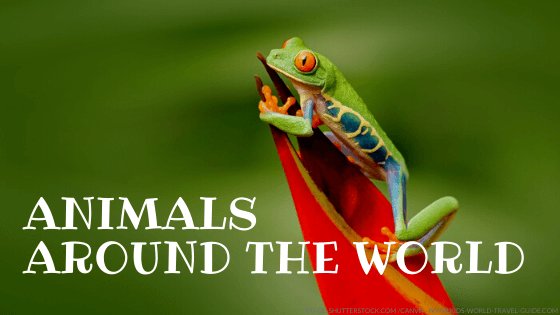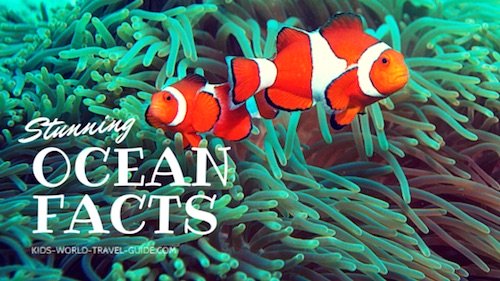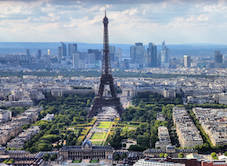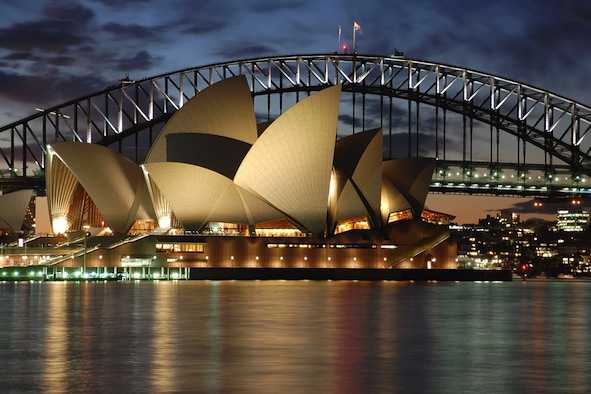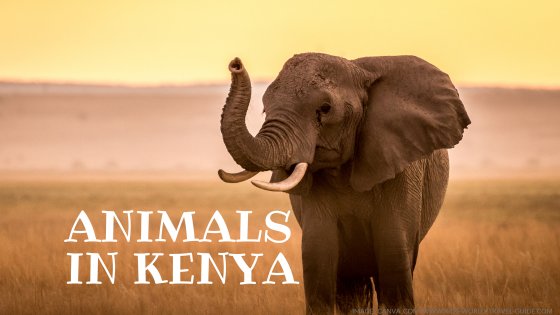Earth Day
Facts for Kids
Earth Day is celebrated every year on the 22 April.
2024 will mark the 54th anniversary of the world's largest environmental movement! The main theme will be: Planet versus plastics.
In 1970, a US Senator from Wisconsin, created this national day to create awareness of the environment and how we treat nature. On 22 April about 20 million Americans took to the streets to protest ignorance and launch an environmental movement!
Since then, this day is celebrated as an international event in 193 countries. Due to the Coronavirus pandemic in 2020 then world movement has gone digital and thus can be accessed all year long! No matter where you are today, you can still make a different - every day!
All over the world, we have an affect on our environment through all our actions or even by simply living as we do.
- We use electricity and water or use transport such as cars, busses and airplanes to go to school or work.
- By eating the food we need for our survival, we affect our environment, as that food is planted and harvested, transported to a store near us by big trucks who also pollute the environment.
- The waste we produce and the way we dispose of our waste is creating many problems such as plastic pollution that create a disastrous environment in our oceans. Even in the Mariana Trench in the Pacific Ocean, the deepest point on earth, scientists recently found plastic bags and beer cans! What a scary finding!
 Plastic trash found on the ocean floor
Plastic trash found on the ocean floorSo remember:
Reduce - Recycle - Reuse
This pollution needs to be limited and lowered as the earth is suffering, climate is affected with weather changes and also this affects all of us living on this planets. Humans, animals and plants suffer when our earth suffers.
Pollution causes damage to our Planet
The damage pollution does to our planet visible can be best seen with coral reefs. Colourful corals die if the oceans they live in are too warm or polluted. They are dying as the oceans warm up due to pollution in the sky, and therefore the atmosphere traps more sunlight on earth and thus heats the ocean water too.
 Beautiful coral reef in Australia
Beautiful coral reef in AustraliaLittle living organisms, plant-like algae, live in the coral reefs. These organisms create the colourful appearance of the corals. When these algae start to die as the water around them heat up and get too hot for them. They then lose their colour and the corals die. The corals get 'bleached' which means they turn white when they die! This is called 'coral bleaching'.
And when corals are dead also the sea life around them will slowly die, as they will not find enough food and shelter for survival.
Global Warming affects us all
Climate change with tropical storms such as hurricanes, cyclones and typhoons all get their power from the warm ocean. So, the warmer the ocean, the stronger the storms are and the more often they happen!
We can see the damaging effect of tropical storms in many regions around the world. These storms threatened the livelihood of people who are often living in poor conditions and dangerous areas already.
Earth Day Facts for Kids
In many places especially in Africa, these hot temperatures have caused drought conditions - which means that there is much less rainfall in one season than is expected.
Droughts cause the soil to dry out and erode. As there are no nutrients in dry soil, the plants in that soil die. This means that there is no harvest, as the plants can’t survive with too little water! Many families depend on their annual harvest for money and food, which they need to buy or trade clothes and pay for a place to stay.
 Cracked soil during a drought
Cracked soil during a droughtDrought crises around the world cause tension among the people living in the affected area. In many regions people become malnourished - meaning that they don’t get enough food to survive. Many malnourished people die, and people start to fight for food.
More pollution causes higher temperatures. When temperatures rise to higher levels than what is considered normal, they cause more drought in already dry regions such as Africa and also cause the ice to melt in the Arctic and Antarctic. This causes increases in the ocean/sea level which will affect all of us, but first of all people living in low-lying countries all around the world as they will encounter flooding in coastal regions more regularly.
 Melting iceberg in Greenland
Melting iceberg in GreenlandIn fact, according to a study by the National Geographic magazine, the average American family causes over 525 square feet (almost 50 square meters) of ice to melt every year! So use the world's precious water and natural resources sparingly and make sure you try to do your best to live sustainable and protect our wonderful planet!
 Celebrate our beautiful planet!
Celebrate our beautiful planet!Earth Day is a significant day on our calendar as we want help to increase awareness about our planet and environment. Join in the movement and learn about our beautiful world.
Popular Pages
Resources for Earth Day
- Earth Day. "Earth Day Quizzes". EarthDay.org Last accessed 24 August 2023
- Carla Delgado. "Antarctic Heatwave." Earth.org 14 May 2020. Last accessed 24 August 2023
- KWTGNews. "Space Laser Missions Map Ice Loss." KWTGNews. 13 May 2020. Last accessed 24 August 2023
Go back from Earth Day Facts for Kids to Kids World Travel Guide Homepage

